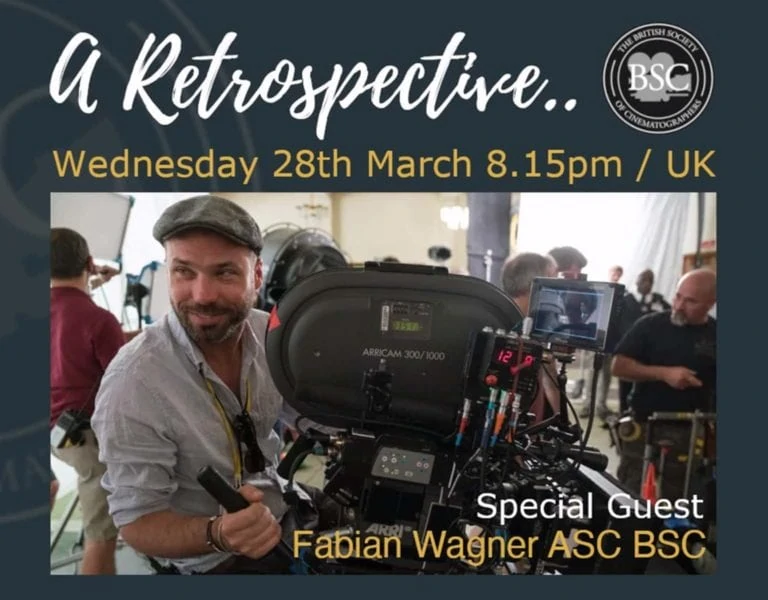Movie magician
Peter Hannan ACS BSC
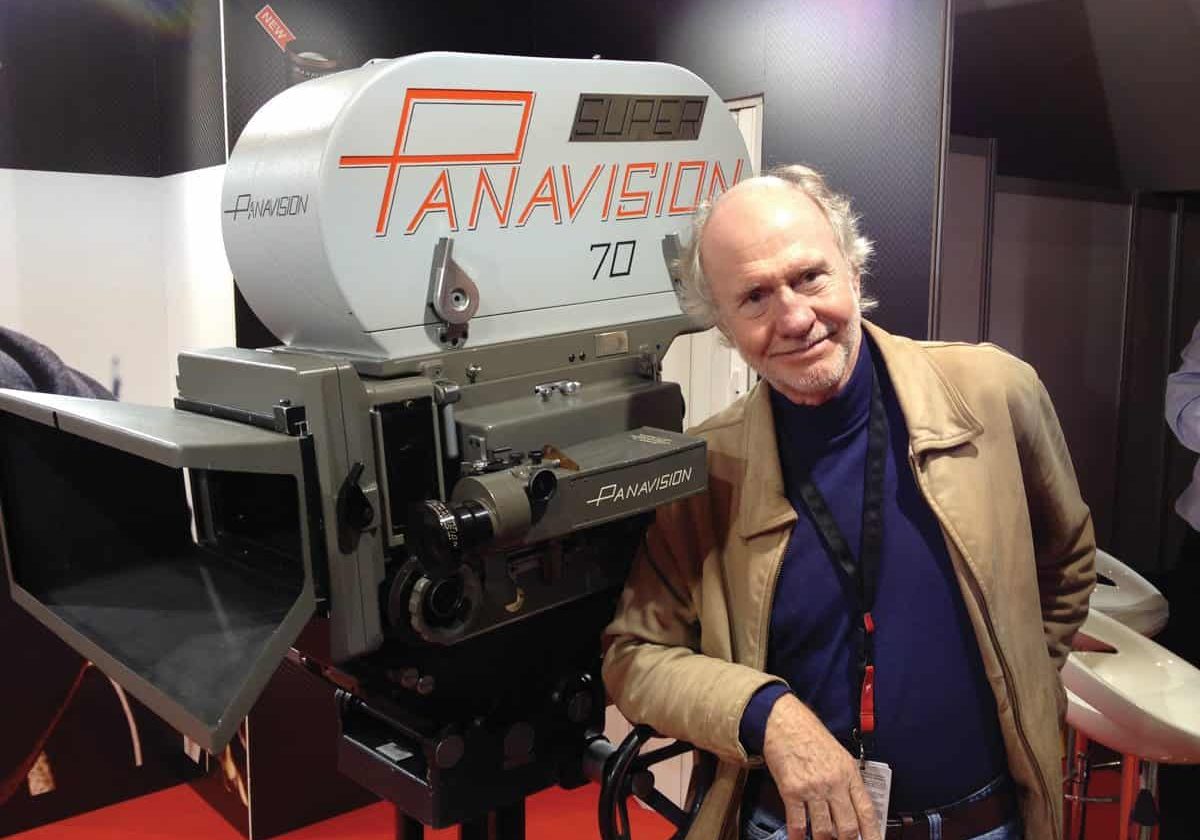
Movie magician
Peter Hannan ACS BSC
BY: David A. Ellis
Cinematographer Peter Hannan ACS BSC was born and brought up in Sydney, Australia. He says he was interested in cinema from an early age, but his greatest love at that time was stills photography.
He says that his god was the great American photographer Richard Avedon. During school holidays he tried to get some photographic work, but says he was unable to because of the basic wage. He says in Australia the basic wage kicks in early, so with his little knowledge of being an assistant it would have been too expensive.
After completing school at 17 he saw an advertisement placed by a TV station for a news cameraman. At the interview he was asked only two questions, did he have a driving licence and could he spell. The answer to the first was yes, the second no. Hannan is dyslexic, but he got the job. After a period of hard news he moved on to cinema newsreels, working for Cinesound, a company with a great history in the Australian movie industry. After two years it was next to Movietone News and then, a year later, back to Cinesound to work on documentaries. His first was about sheep parasites and it won the Kodak award.

Hannan travelled to Europe and was lucky to get a job with British Movietone News. From Movietone he went freelance. His first job in features was at MGM on 2001: A Space Odyssey (1968). It was through the legendary camera operator Alan McCabe that he got his break. McCabe introduced him to Les Smart head of the camera department at MGM. Smart introduced him to cinematographer John Alcott BSC, who had taken over from Geoff Unsworth BSC on the picture. Hannan was offered a job as a loader. He was contracted by the BBC to shoot film sequences for the last episode of The Troubleshooters. Hannan rang the corporation to try and get out of the contract but couldn’t. He was loader for only a week and returned to MGM later, becoming one of the many focus pullers on 2001, staying for two years.
Hannan eventually moved on to operating, mainly shooting commercials. At twenty-nine he became a cinematographer. His films include, Monty Python’s The Meaning of Life (1983), The Razor’s Edge (1984), Insignificance (1985), Withnail and I (1987) and TV movie The Gathering Storm (2002). Asked about his most challenging film as DP he replied, “They are all challenging. Once you think it is easy it is hard.”
What does he think of digital compared to film? “It’s different. To me it still doesn’t have the beauty of film, but it is what we are becoming used to. We can’t fight it so we should embrace it and do the best we can with it. My last film Dough, with the wonderful Jonathan Pryce, was shot digitally, which I enjoyed. There was a lot shot with two cameras, so there was a lot of time spent balancing them.”
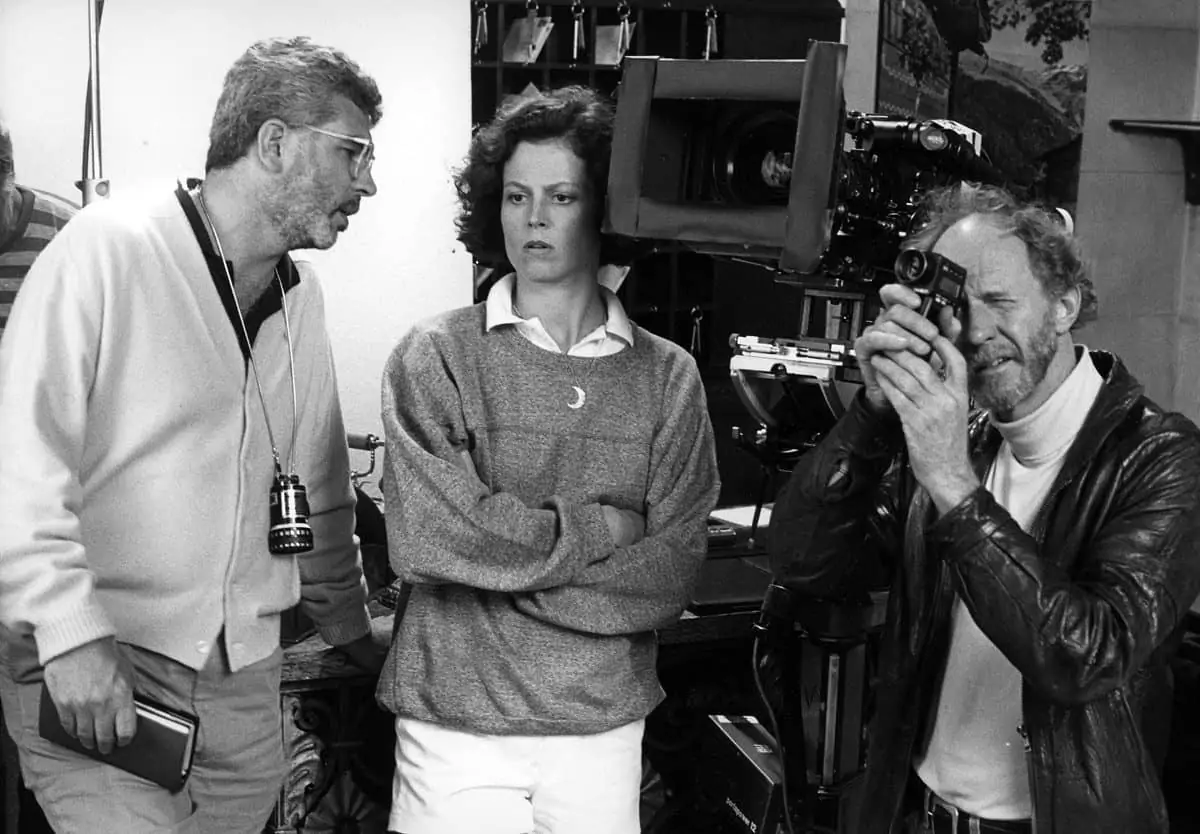
Does he find shooting digitally different from film and when he shot film did he have a favourite stock? “I find it exactly the same – I approach a digital shoot as I would a film shoot. I either want or don’t want it lit. With digital it’s harder to get rid of light, you have to play around to make sure your blacks are blacks. I hope we don’t see the back of film and I hope to shoot on film again, I really do. When I was shooting film I loved Fuji stock, which unfortunately we can’t get anymore.”
Does he advise the director on set-ups? “If the director gets into trouble you step forward. If you think you have a better idea, then suggest it to the director. Often the camera operator comes up with the idea first, and that is one of the reasons why a good operator is so important.”
Hannan has worked with a number of well-known directors, including Richard Loncraine, Tim Burton, and Jack Clayton on The Lonely Passion Of Judith Hearne (1987). One day he saw Clayton sitting by the camera. As he was about to get up Hannan said to him he could stay there if he liked, it’s the best seat in the house. Clayton did, and said, “What a wonderful place to be.”
Hannan was asked if he also does some operating. He said he loved working on a second camera and still would if needed. He added, “I totally believe in the role of the operator. I have worked with some great operators. I think it is an important job to keep going. It’s not just moving the handles, that’s the easy bit – it’s the storytelling. Once we are on the floor the operator is the go-between among the players, director and me. My work with the director is basically done before the film starts – doing our homework together. When you work with top operators it’s a joy.”
“After the script the photography is a great part of the film’s atmosphere, but all jobs on the production are important.”
- Peter Hannan ACS BSC
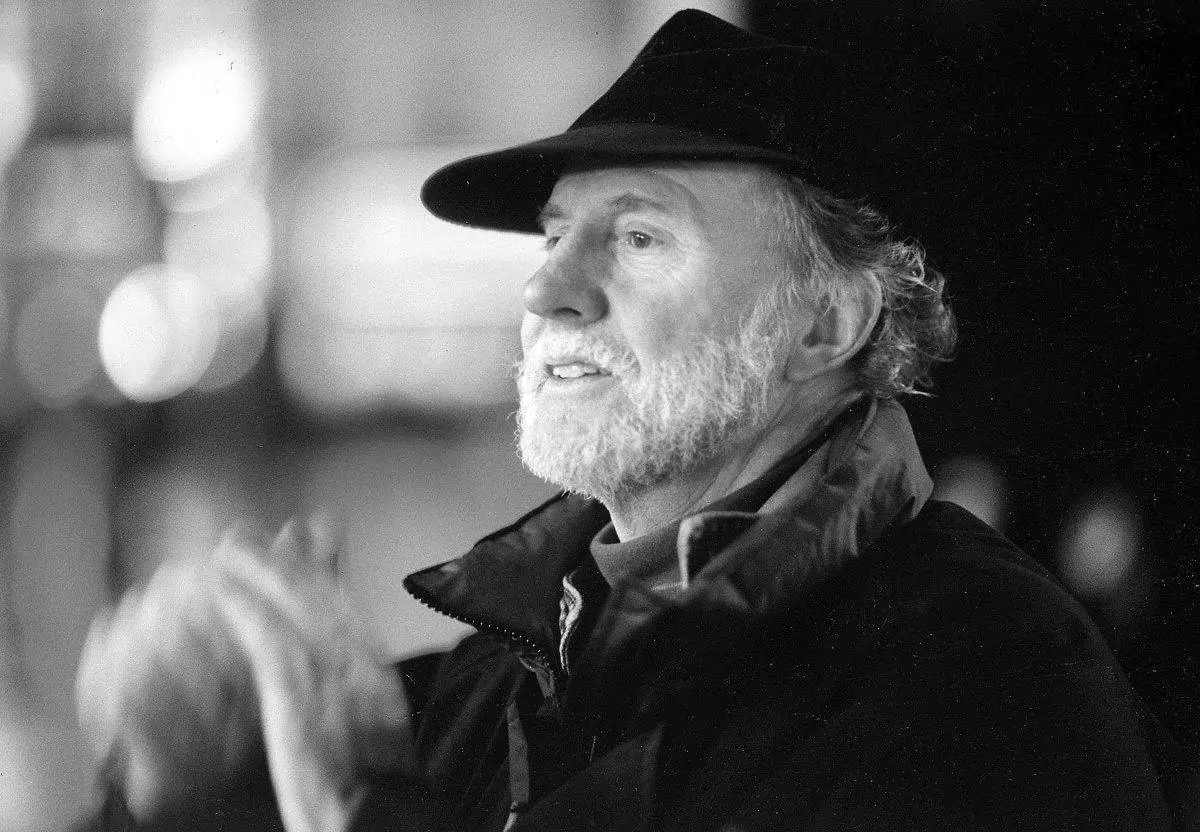
Hannan says the best advice he was given regarding the business was from Stanley Kubrick. Kubrick said: “Use the difficulty. If it’s hard, make use of it, if anything goes wrong, make use of it.”
Hannan has worked with the notable cinematographer/director Nicolas Roeg, saying he also makes use of difficult situations. He adds, “Nic was great to work with and is the perfect people manager. On Walkabout (1971) he was director and cinematographer and he only had a half day off in seventeen weeks.”
Roeg is one of his industry heroes. Another was Stanley Kubrick. He says his new god is retired cinematographer Douglas Slocombe BSC.
One of Hannan’s favourite films is Withnail and I, directed by Bruce Robinson. Hannan said he couldn’t get to work quickly enough. Asked why it was a favourite, he said, “I loved working with the director. I loved the players and the script. I had a great crew and it was an absolute joy.”
Were there any difficulties? “We had a lot of rain and were sometimes in mud, but the rain added to the picture’s look.”
If he could list only five films on his CV they would be Withnail And I, Longitude (2002), A Handful of Dust (1988), The Razor’s Edge and The Missionary (1982).
Asked what is the best thing about being a DP, he said: “The best thing is being part of movie magic.”
Hannan says his proudest moment was winning a BAFTA for Longitude, directed by Charles Sturridge. “That was challenging, going between different periods, but an enjoyable one,” added Hannan.
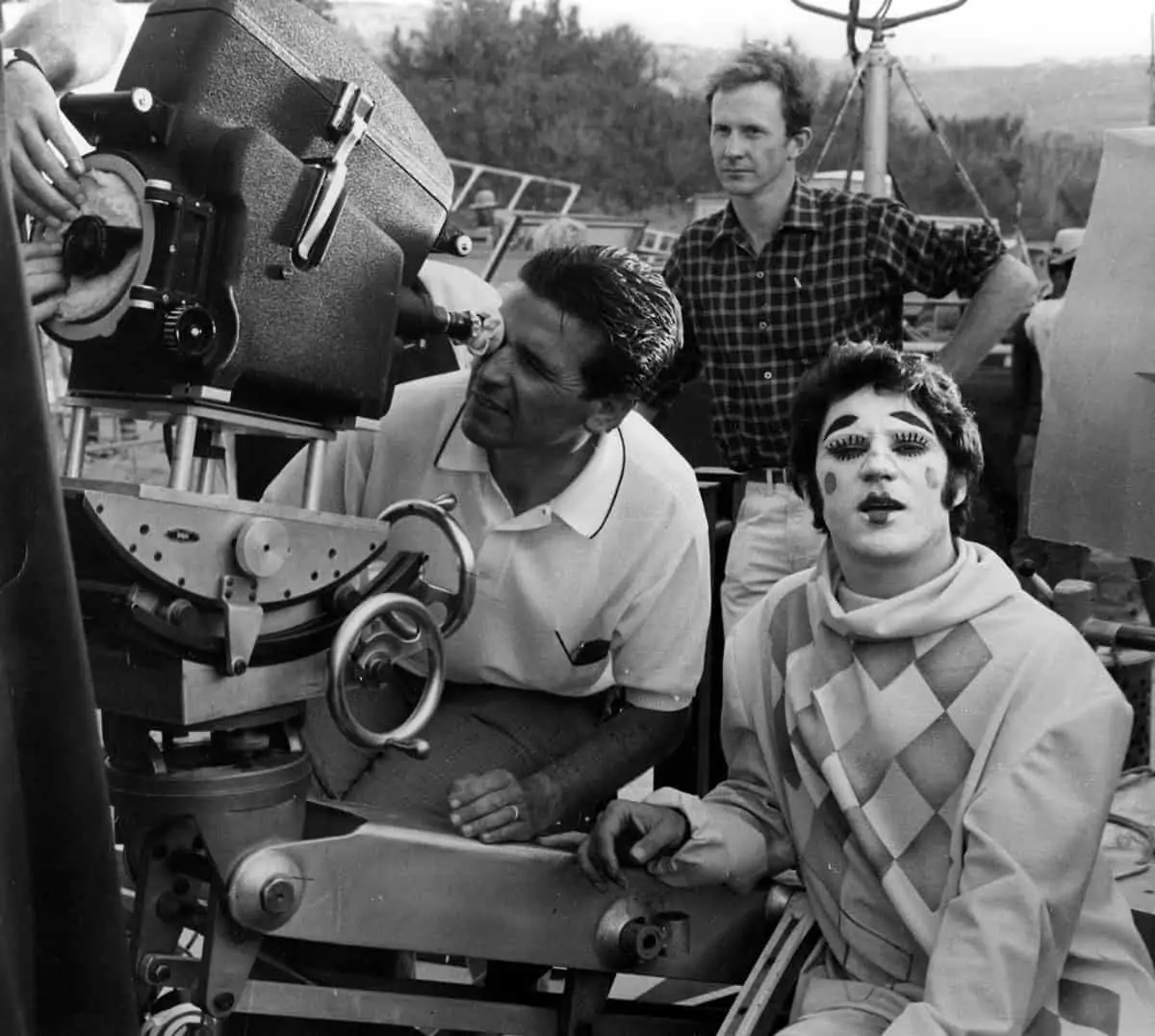
Asked how important he thought the photographic style was to the success of the film he said, “After the script the photography is a great part of the film’s atmosphere, but all jobs on the production are important.”
Hannan was asked if he ever considered directing. He said he never did – he was only interested in the photographic side. However, he did photograph and direct the second unit of Children Of Men (2007), directed by Alfonso Cuaron. One of Hannan’s interests away from the set is sailing, which he says he loves. He is also a keen stills photographer, never going anywhere without a camera.
Does he have a favourite movie camera? “As a focus puller it was the Mitchell BNC. I like the Panaflex and the ARRI. I don’t get upset if I have to use a particular camera. I will probably have to choose digital cameras now. As long as I get the lenses I want I am happy.”
This year will see the release of Dough, which Hannan shot for director John Goldschmidt, about an old Jewish baker struggling to keep his business afloat until a young Muslim apprentice accidentally drops cannabis in the dough and sends sales sky high. Hannan is also set to shoot Absolutely Anything, written and directed by former Monty Python member Terry Jones.
Finally, Hannan said: “I have been so lucky to have worked with great producers and directors, exceptional operators like Mike Proudfoot, great creative gaffers like Peter Bloor, artistically creative production and wardrobe designers, genius make-up and hair, amazing actors and great, well-humoured people that make up my crew.”

